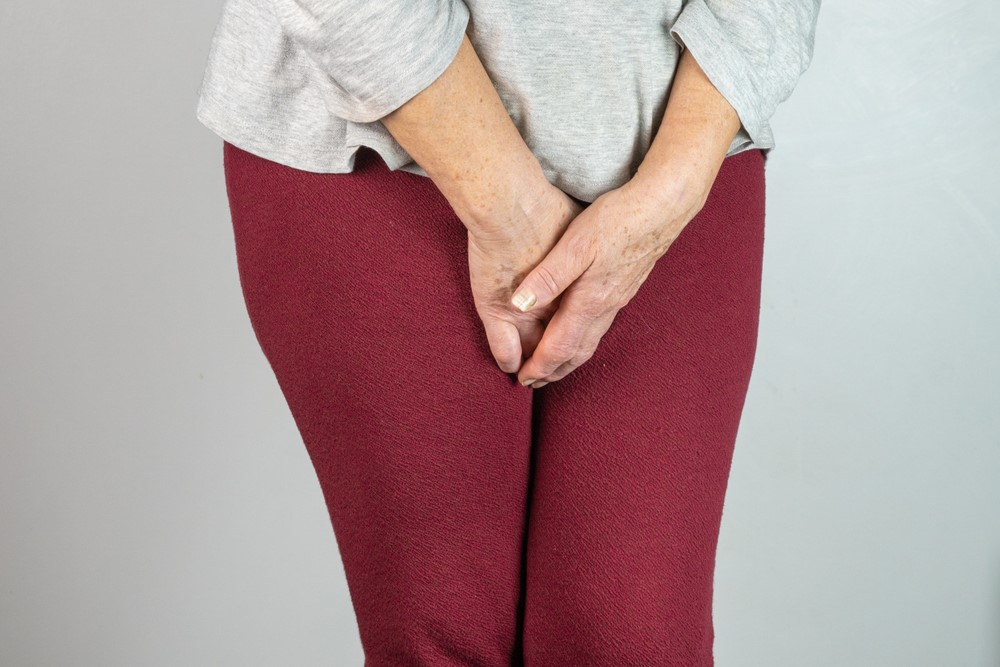
Incontinence is certainly an may be an embarrassing problem, but it’s also a common one. Many people suffer from urinary incontinence (and even bowel incontinence), with the issue often getting worse with age. Thankfully, there are plenty of ways to make things easier for people with incontinence, while helping to keep them dignified. Finding the best incontinence products for elderly family members is a large part of the puzzle.
When we talk about the best products, we don’t really mean the best brand. The brand is important, sure, as I found when testing Depend versus Tena for myself. But, the single most important thing is finding the right type of product, one that fits the needs of the senior.
This can honestly be confusing – as there are so many types out there.
So, in this post, we’re breaking the best incontinence products for elderly down into categories – looking at how they work, what they’re effective for, and some of the best types.
Incontinence Products to Contain Accidents
Liners
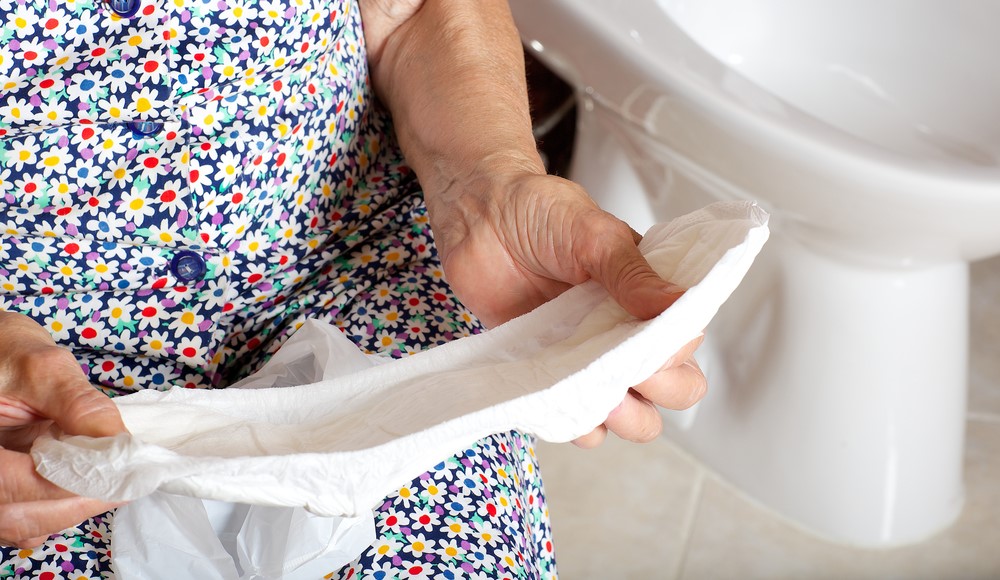
These products are often called liners or bladder control pads. They’re thin and very discreet. The style is similar to a period pad, but incontinence liners use different technology, making them better at absorbing urine and neutralizing smells than period liners.
How They Work
Incontinence liners tend to rely on super absorbent polymers. These polymers expand and turn to fluid when they get wet, which allows them to absorb a surprising amount of liquid.
When They’re Useful
Liners work well for people with light bladder leakage or mild incontinence. This means that the liners are perfect when a little urine leaks out at a time, even if this is multiple times per day.
Issues and Other Considerations
Even the most absorbent liners aren’t designed to hold the full contents of your bladder.
This makes them a poor choice for anyone who struggles to reach the bathroom on time.
Why You Shouldn’t Use Period Liners
Incontinence liners look much like the liners that women use for their periods. Period liners are sometimes less expensive and may be less embarrassing to buy too, so many people turn to period liners for mild incontinence.
This is a bad idea, as while the two products look similar, they are designed differently and don’t function in the same way.
In particular:
- Period products aren’t designed for a large amount of liquid, so tend to leak much sooner than an incontinence product.
- Period products don’t store moisture in the same way either. They often leave it close to the skin, which can be uncomfortable and may cause damage over time.
- Urine has a stronger smell than menstrual blood and incontinence pads are designed to handle this. Menstrual pads are not.
Features to Look Out For
- Absorbency rating. This will give you a sense of about the amount of liquid that the product will absorb.
- Size and shape. Larger pads tend to be more effective at catching everything, but can also be less comfortable. Look for the size and shape that fits your needs.
- Adhesiveness. Will the pad stay in place? Some low-quality pads move around easily and may even come off.
- Are they washable? Washable liners tend to cost more initially, but you end up saving money over time. Some of them irritate the skin less than disposable products. However, washable products are generally less discreet than disposable ones.
Products Worth Trying
- Amazon’s Solimo Incontinence Guards
- Tena Intimates Overnight Bladder Control Pads
- Always Discreet Incontinence Pads
- Poise Pads
- NorthShore Liners and Guards
Briefs
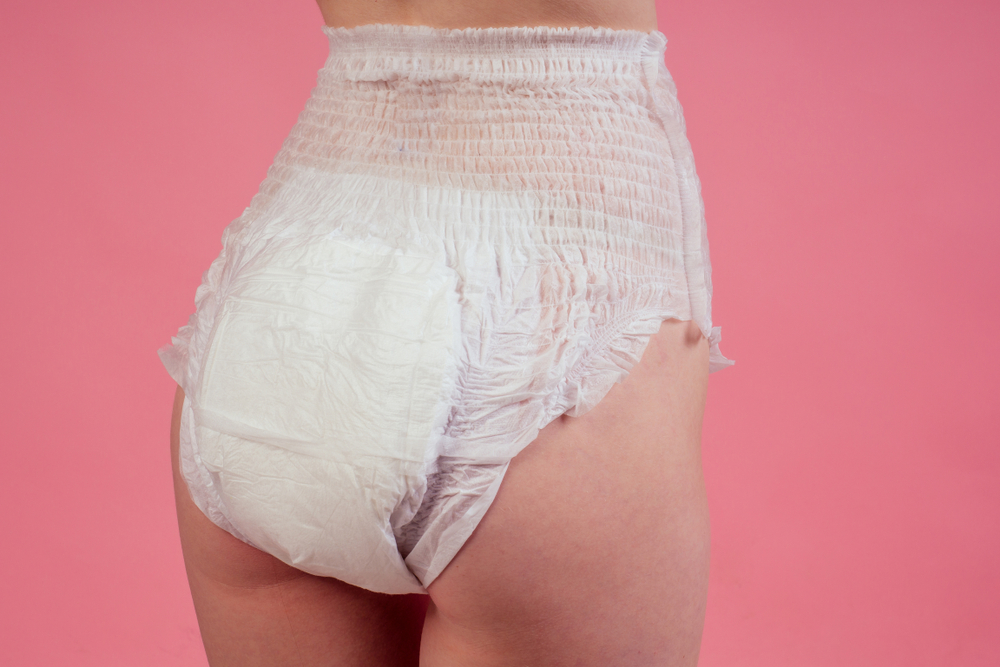
Incontinence briefs were known as incontinence diapers for the longest time. Not surprisingly, the word briefs is preferred these days.
Unlike liners, incontinence briefs are generally worn instead of regular underwear. They’re designed for more severe incontinence (bladder or bowel), including cases where people can’t get to the bathroom in time.
Incontinence briefs tend to contain polymers that turn to gel when they’re exposed to liquid. They’re also designed to reduce the risk of spillage so that, theoretically, nothing gets out and onto the wearer’s pants.
Incontinence briefs often have tabs on the side, making them easy to remove. This feature is especially useful if you’re caring for a senior who is using them, as the senior won’t need to fully remove their pants.
When They’re Useful
Briefs are mostly designed for people with significant urinary or bowel incontinence.
They can be amazing in this situation, reducing the risk of soiling one’s pants or having a noticeable accident in while around other people.
They’re often slightly uncomfortable and a little embarrassing, so people with minor leakage tend to steer clear of them. But, not all briefs are intimidating. Those designed for less significant leakage sometimes look and feel much like regular underwear.
Briefs are useful at night too, even for light incontinence, as they stay in place. Liners, on the other hand, can move about, which may be a problem.
Issues and Other Considerations
Getting the Sizing Right
Much like regular briefs, these products come in different sizes. Finding the right size is important, as the briefs should be snug enough to prevent leakage, but not to the point that they’re uncomfortable.
Annoyingly, the size descriptions on product labels aren’t as specific as they could be. I found this when I tested Depend and Tena. For Depend, I chose the size based on the details it gave, but the product was a little too small. Tena had fewer size options, along with an overlap between them (S/M is 29 to 40 inches, while L is 37 to 50 inches).
You may need to experiment with multiple products before you find the type that works for you.
The Appearance
While these products are now called briefs rather than diapers and are often designed to look somewhat appealing, there’s no disguising what they are. Because of this and the stigma around incontinence, some people won’t be comfortable wearing the products.
Plus, while the briefs are easy enough to hide under your clothes, they’re still not the same as regular underwear.
- The Tena product I tried had a slight crunchiness to some of the padding that made a little noise when walking.
- Some of the products use a type of rucheing to help them stretch and still stay snug. This is visible under some clothing, especially anything tight or light-colored.
They’re Not 100% Effective
Even if you pick a maximum absorbency product that fits well, there’s always the chance of leakage, which isn’t fun for anyone.
The best way to avoid this is to test each product at home until you find one that you know is consistently effective. I won’t lie. Testing incontinence products in this way is not a fun process. But, it’s much better to learn about any issues at home rather than out in public.
Features to Look Out For
- Overnight underwear. Products designed for overnight use are often more absorbent and may stay in place better than daytime ones. This is excellent, as it helps you avoid needing to change the underwear during the night.
- Stretchability. Products that stretch are important, as this reduces the risk of tearing.
- Ruffles and similar features. Some features help the
- Is it washable? You can find washable briefs as well. These follow a similar style as washable diapers for babies or washable period briefs. They’re useful for decreasing waste and saving money, but washable products don’t tend to be very discreet. They’re often most useful at night.
Products worth Trying
- Depend Silhouette Incontinence Underwear
- Amazon’s Solimo Women’s Protective Underwear
- Depend Flex Fit Underwear
- LivDry Protective Underwear
- NorthShore Printed Adult Diapers (Briefs)
Bed Pads
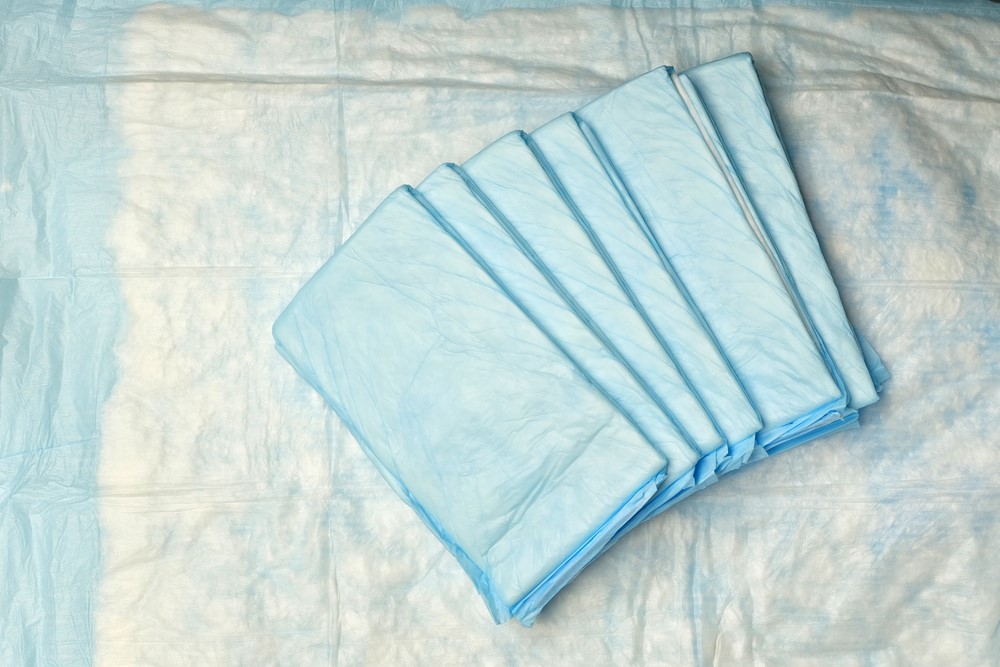
Bed pads come in various styles, but they can all be placed on the bed (or elsewhere) to absorb leaks. Some are full sized, while others are the size of a person or even smaller. Some are designed to be washable, while others are disposable.
When They’re Useful
Bed pads are fantastic at making nighttime accidents much less significant. Because the urine gets caught in the pad, the smell tends to go once you remove the pad.
Issues and Other Considerations
While bed pads often work well, they can get bunched up or be uncomfortable.
They’re not always enough on their own either, especially if the incontinence issue is significant.
Bed pads are generally positioned under a person. However, you may also need to tuck an additional pad on top. This is mostly true for men who sleep on their backs.
Many pads have a feel dry feature, so they’re still comfortable to sleep on even when there has been an incident. However, this feature only helps if the user sleeps naked (or is at least naked from the waist down). Otherwise, damp clothing is likely to wake them up and could cause skin irritation.
The final issue is that bed pads can be tricky. You’ll sometimes need multiple products and even then it’s difficult to completely avoid problems. This isn’t too surprising, as accidents when people are lying down tend to be messy.
Features to Look Out For
- Is it washable? Some bed pads are disposable, which makes cleanup easy but can get expensive if accidents are common. Other types are washable instead, allowing you to use them time and time again.
- The size. You can find small bed pads, perhaps the size of a person or even smaller. While there’s a risk that these won’t cover the right area at the right time, small pads are fast and easy to change. Such pads can also be used on chairs and other locations, rather than just the bed.
- How well the pad stays in place. Some pads have adhesive, elastic, or something else to help them stay in place, while others move freely.
- Fluid capacity. Just like other incontinence products, the fluid capacity of bed pads can vary. You’ll need to match the capacity to the level of incontinence.
Products Worth Trying
- Washable Underpads from Green Lifestyle
- Premium Quilted Bed Pad
- NorthShore Underpads and Bed Pads
- GoodNites Disposable Bed Mats
Related Products
You might choose to have multiple products to prevent issues at night.
- Another important one is a waterproof bedsheet or mattress protector. This is designed to protect the mattress from stains, leaks, or odors from any source, including incontinence. Some products will absorb a little liquid too, while others mostly focus on repelling liquid.
- You can also find waterproof covers for duvets, pillows, and the like to further prevent issues.
- A waterproof splash pad next to the bed can be helpful too, reducing the risk of getting anything on the blanket.
You’re likely to need multiple versions of any washable product so that there’s always one that’s clean and dry and ready to use.
Some people try to keep an ‘accident kit’ nearby, which includes everything you need to respond to an accident, including disposable gloves, a bag for rubbish, towels, plastic bags, clothing, antibacterial wipes, cloths for cleaning, and other useful items.
Incontinence Products to Prevent Accidents
Portable Urinals (male and female)
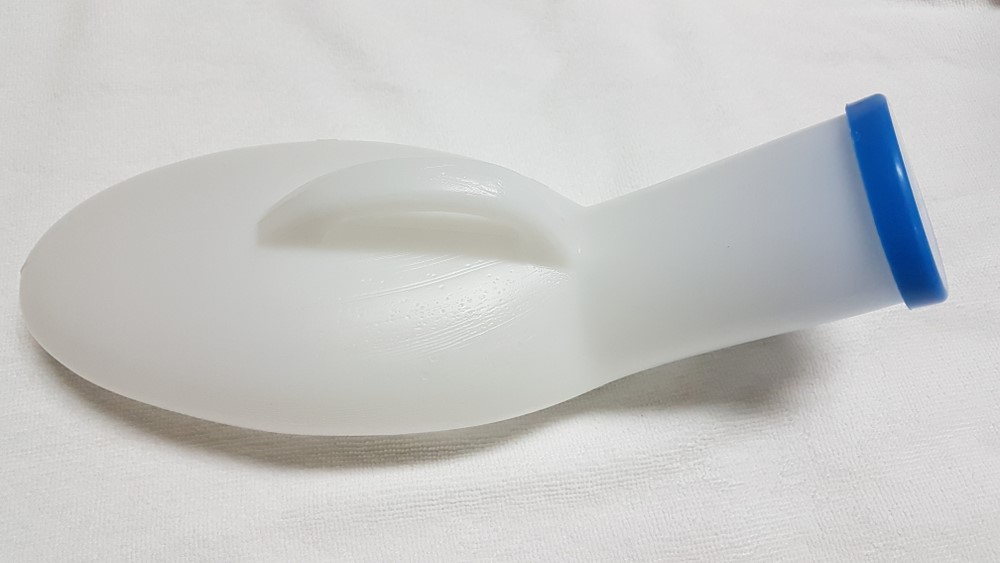
Urinals give people another way to pass urine, without needing to visit the bathroom.
For men, this can be as simple as a plastic bottle that seals well. However, there are ones designed to make life even easier and to reduce the risk of spills. Some can even be used while lying down.
Portable urinals for women are more difficult, but they do exist. Most have a large funnel to ensure there is no spillage. Learning to use these well can take time and some women may be uncomfortable with the idea. Still, they’re well worth the effort.
When They’re Useful
Portable urinals are most popular when traveling or situations where finding a bathroom quickly may be difficult.
They can also be helpful at night, rather than having the senior try to make their way to the bathroom in the dark. Indeed, many men with prostate problems choose to use a bottle or a portable urinal simply for the convenience factor.
Issues and Other Considerations
Portable urinals involve some degree of coordination, especially for women. They may seem difficult or unfamiliar too.
These issues may make such urinals an issue for any senior with cognitive difficulties.
Features to Look Out For
- Features to prevent spills. Anything that reduces the risk of spills is helpful, including a large funnel or a handle.
- Ease of use. Some urinals are much easier to use than others. Take a close look at the design and reviews before purchasing to get a sense of how the product works in practice.
It’s also important to choose a product that matches your situation and needs.
For example, some female urinals are discreet and are simply designed to allow women to pee while standing. This style is useful for long car trips or during camping. However, such urinals don’t have anywhere to catch urine and aren’t at all useful in the home.
Other products have a style and angle that makes it possible to use them in the car or sitting on the edge of the bed (even for women).
Products Worth Trying
Commodes
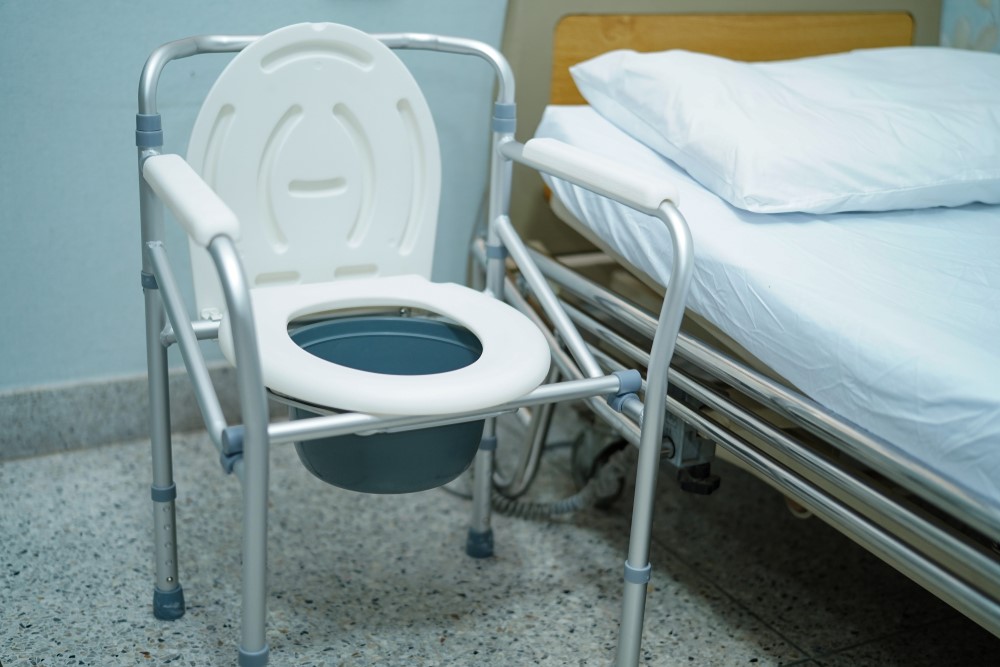
Like portable urinals, commodes offer an alternative to visiting the bathroom.
However, unlike a urinal, a commode can be used for urine or bowel movements and is also much more familiar. Many versions are similar to a chair that has a pot underneath for waste.
Some also have handles that make it easy for seniors to sit down and get up.
When They’re Useful
Commodes are mostly used in the home, often at the bedside. They’re ideal for seniors who can’t make it to the bathroom in time because of injury or because of urge incontinence.
Issues And Other Considerations
While commodes are a practical choice, some people struggle with the idea. It can be hard to adjust to the idea of doing something so personal in your bedroom.
Some seniors may also not want to admit that they need a commode. Pride and embarrassment may keep them trying to make it to the bathroom, even if doing so leads to accidents.
Finding the right commode is also important. Some products are too narrow, don’t bear enough weight, or are wobbly. Those issues are all significant. After all, the senior needs to feel comfortable and safe using the commode if they’re going to do so regularly.
Features to Look Out For
- Adjustable height. Some products allow you to adjust their height. Raising the commode up often helps seniors who have trouble standing or sitting.
- Stability. Frames can help provide extra stability for the commode – perfect for seniors who struggle to stand or move.
- A removable pail. This makes it easy to empty and clean the commode (having a second pail as a backup can be helpful too).
- Appearance. Some seniors are more comfortable if the commode looks like a toilet and has a similar seat. This can make the idea seem less overwhelming. Alternatively, some commodes look closer to a regular chair (like this one), which may be helpful for keeping things discreet.
- Width. Commodes with frames can sometimes be narrow, which may be a problem for large seniors.
- How much weight it can handle. Keep an eye out for the weight limit of the commode.
Products Worth Trying
External Male Catheters
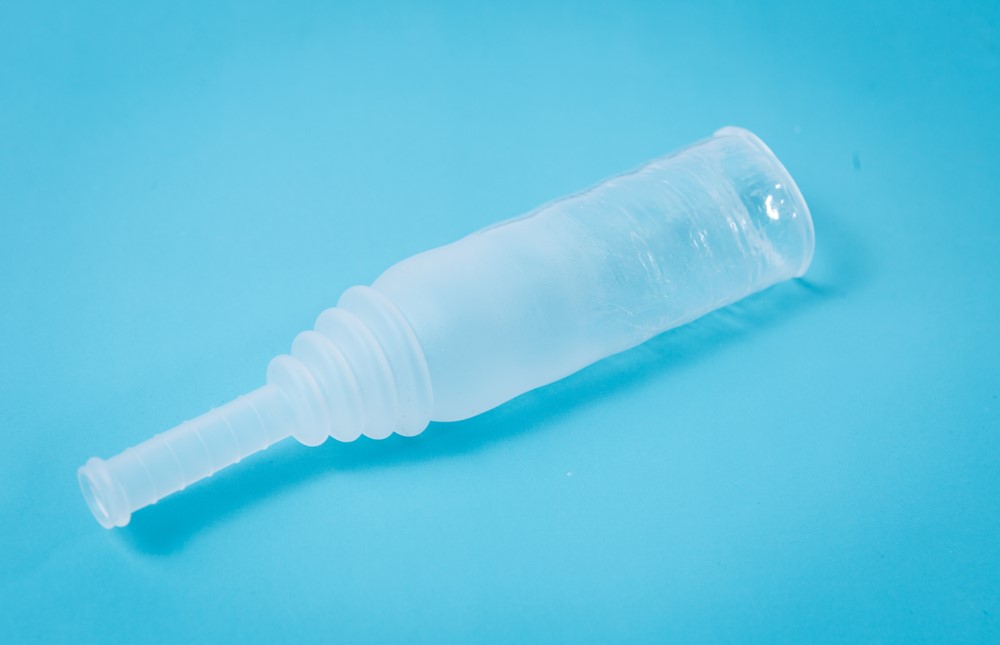
External catheters are for men only. They’re basically penile sheaths, which are often made from latex. They’re a little like condoms, really, except that they drain urine into a bag. The bag is often attached to the leg and can be very discreet.
When They’re Useful
Catheters are most relevant in the short term, like when someone has had surgery or an accident and their mobility is limited. In this situation, getting up and going to the bathroom regularly may be difficult, harmful, or even impossible.
Catheters may also be useful occasionally for other situations.
For example, the company Men’s Liberty promotes an unusual external male catheter that can be used during exercise.
Issues and Other Considerations
Catheters can lead to urinary tract infections. As such, they shouldn’t be relied on in the long term, unless there are no other options.
Most external catheters are rolled on in a similar way to a condom. This makes them easy to use but makes it crucial to get one that fits well. It’s also worth testing the product at home before using it outside the house, just in case of any problems.
Products Worth Trying
Penile Clamp
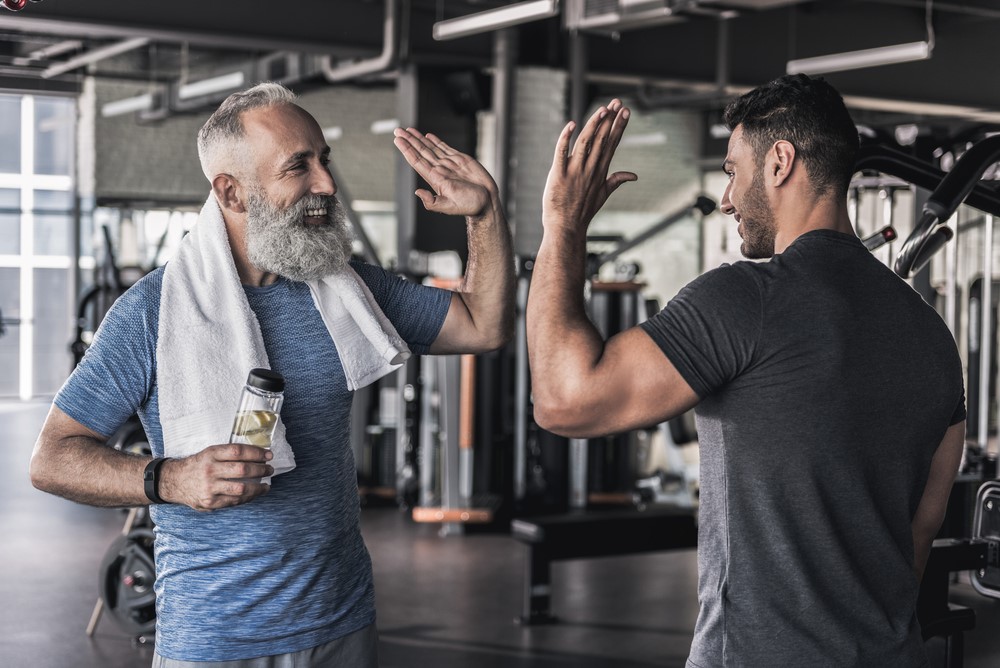
Here’s another one for men only. The clamp compresses a man’s urethra, which prevents leakage. The clamps are simple, effective, and reusable. And, don’t worry, they’re not painful.
The clamps aren’t just designed for nighttime use either. Many of them can be easily used during the day, even while the senior is active.
Issues and Other Considerations
Because the clamps can rub, it may be best not to wear them all the time.
Some men may need to wear a pad as well as a backup, especially when going out, as there is a risk that the clamp becomes unsecured.
Products Worth Trying
Internal Devices for Females
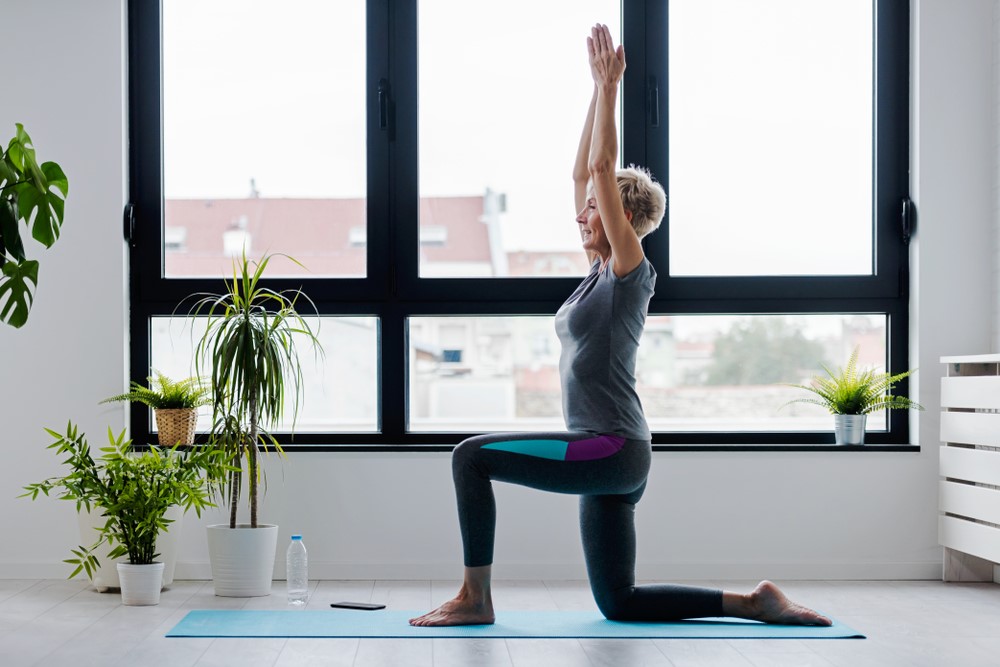
There are internal vaginal devices too, also known as intravaginal devices. These can be useful, as they’re more discreet than liners and briefs. Some prevent leakage, while others capture it.
The devices fall into two general styles.
The first is traditional products, ones that aren’t specifically designed for urine. Tampons and diaphragms both perform this role, to some degree.
The second style is purpose-made devices. These are designed with urinary incontinence in mind.
For example, Poise offers Impressa Bladder Supports, which look like a tampon and is inserted much the same way. However, these products aren’t designed to absorb urine. Instead, the devices help to support the urethra and prevent sudden leakage.
You can still urinate with the product in place, as it’s designed to prevent accidental urination, rather than all urination.
When They’re Useful
Most internal devices are designed to prevent stress incontinence and leakage. They may have little effect for women who cannot get to the bathroom in time or who experience a sudden need to urinate.
Issues and Other Considerations
Internal devices can cause irritation and should be used with care. It’s best to focus on these only in times where wearing a pad isn’t practical. For example, you might use an internal device when you’re active, while you use a liner at other times.
Doing so also helps to keep the cost down, as most internal devices aren’t reusable and using them each day can quickly get expensive.
Most internal products can’t be worn continually anyway. Recommendations often suggest using them for no more than 8 hours out of every 24 hours.
You also need to be careful about following instructions for insertion and removal to keep yourself safe.
Products Worth Trying
Related Products
Kegel Exercise Products
Kegels are an effective way to strengthen pelvic floor muscles and reduce the risk of incontinence. The exercises themselves don’t require any equipment and there are plenty of easy directions online.
However, products can sometimes make the exercises easier. Women can even buy electrical devices that do the exercises for them.
Some products are paired with apps, making them even more useful. However, some technical skill is required to use a product and app combination, so this approach might not work for all situations.
Drip Collector
Men can also find drip collectors, which are simply an absorbent padded sheathe. This goes around the penis. It’s not enough to stop any serious incontinence, but can be what’s needed for minor drips.
Products for Clean Up
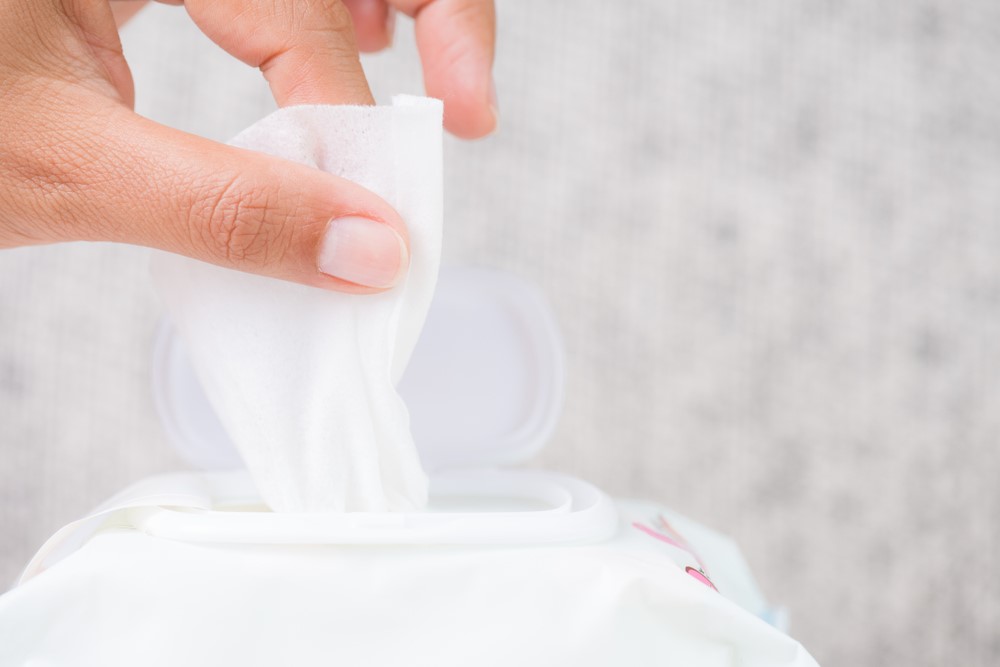
There’s one final set of products that needs to be a part of any list of the best incontinence products for the elderly, which are the items related to cleaning up.
After all, many of the products on this list are designed to contain accidents, rather than prevent them from happening. And, that containment will happen with varying degrees of success.
Products that are designed to prevent accidents won’t work all the time either. For example, the senior might not make it to a commode in time or could try to use a urinal and just make a mess everywhere.
So, you need tools at hand to make cleanup easy, effective, and low stress – especially if you’re needing to do so late at night. Some examples include the following:
- Disposable cleansing wipes
- Scented or unscented washcloths
- Extra clean and dry underwear
- Disposable gloves and sanitizer
- Something to help with the odor, like OdoBan
- NorthShore’s selection of wipes and personal care products
Final Thoughts
While incontinence can be an uncomfortable topic, the issue is incredibly common.
As you’ve seen from this post, many products can make life much easier. Some either prevent accidents or reduce the risk of them, while others help with accident containment or clean up.
Some people may need to use a combination of the products, depending on their needs. For example, men who use a penile clamp during the day often wear a small liner as well, in case the clamp falls off or doesn’t work properly.
It’s also important to remember that most of these products will cause irritation, especially when worn for long periods of time or not changed regularly.
To avoid this, the skin should always be cleaned well and kept dry. Keep an eye out for any sores or irritation too. Those could be an indication that the current solution isn’t working well.
Finally, remember that things won’t always go well.
Incontinence products reduce the risk of accidents and make cleanup easier – but there will still be some days where everything seems to go wrong. This doesn’t mean that you’re doing badly as a caregiver or as a person.
The simple truth is that somedays life just isn’t easy and isn’t fun. There will be better days and products like the ones on this list can help.

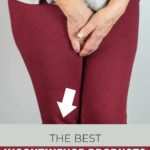
Leave a Reply